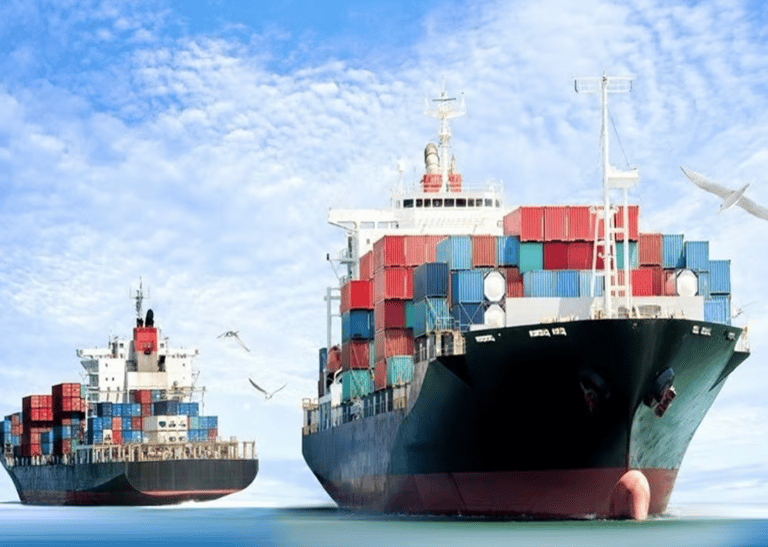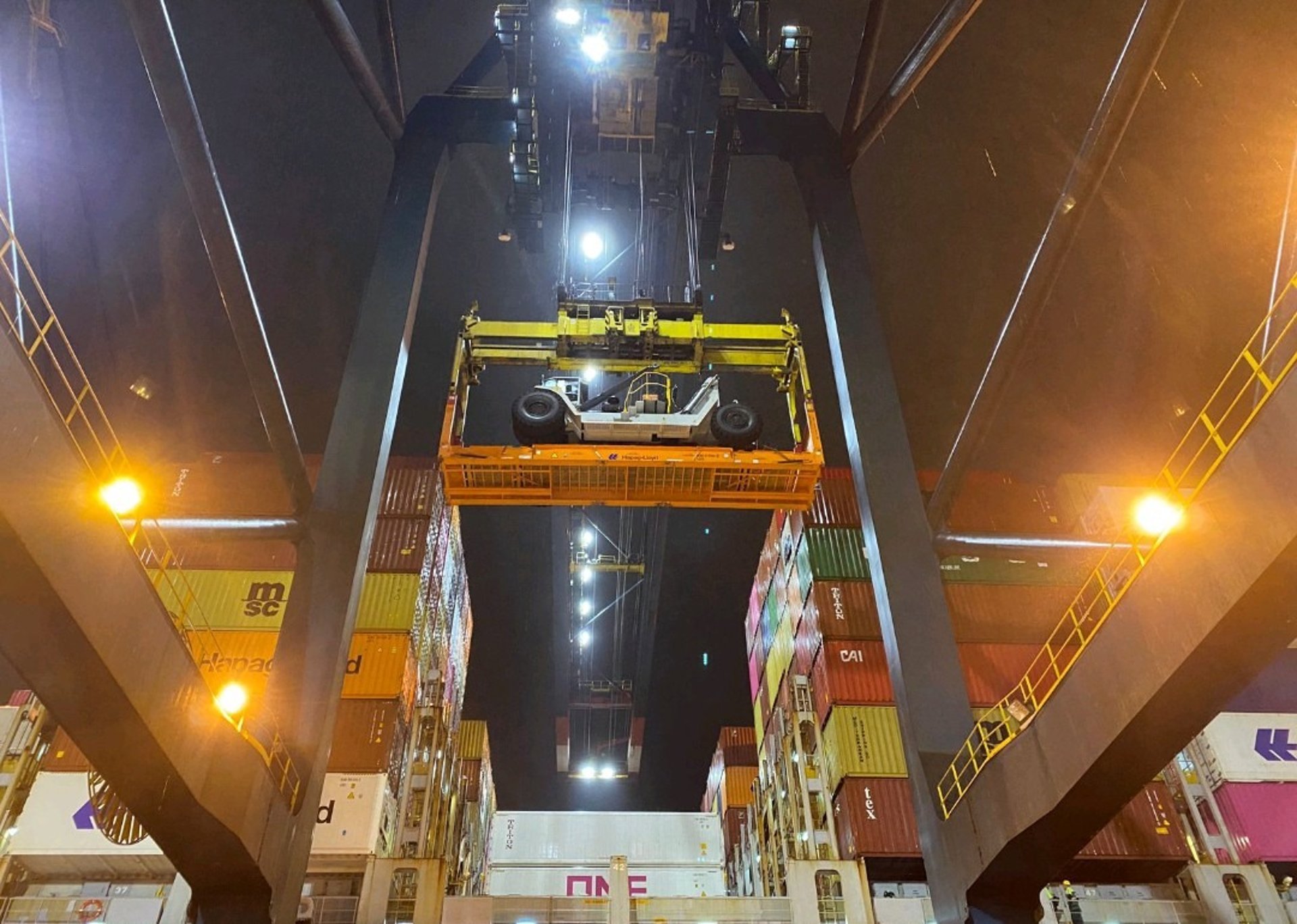Predictions for Maritime Transport in 2025: Impacts of Wars and Geopolitical Challenges


Maritime transport is one of the most critical components of the global economy, responsible for transporting the majority of goods across continents. As we move toward 2025, the sector faces a landscape of constant challenges and opportunities, driven by economic, technological, and particularly geopolitical factors. Wars and regional conflicts, which affect trade routes and transport security, play a crucial role in shaping the future of this sector.
Predictions for Maritime Transport in 2025
By 2025, maritime transport will become more efficient, sustainable, and digitalized, reflecting a sector in full transformation. Key trends that will dominate the maritime transport landscape include:
1. Automation and Smart Navigation
The development of autonomous ships and the integration of artificial intelligence (AI) and the Internet of Things (IoT) will revolutionize maritime logistics. Uncrewed ships optimizing routes and reducing costs will become a reality, particularly in large commercial fleets. Initiatives such as autonomous ship trials by Rolls-Royce and Maersk are already underway.
2. Sustainability and Emissions Reduction
The growing pressure from governments and environmental organizations like the International Maritime Organization (IMO) to cut greenhouse gas emissions will be a decisive factor. The maritime transport sector is expected to invest in greener vessels powered by liquefied natural gas (LNG), green hydrogen, and solar energy. Zero-carbon emission goals will become increasingly stringent, forcing the industry to adopt cleaner technologies.
3. Digitalization and Blockchain
Digitalizing operations and adopting blockchain for cargo tracking and increasing supply chain transparency are essential for the sector’s efficiency. Platforms like Maersk and IBM’s TradeLens promise to reduce costs and improve reliability in logistics management.
4. New Trade Routes and Corridor Redefinition
The maritime sector will also need to adapt to changes in traditional trade routes due to new infrastructure projects and, notably, the effects of climate change and geopolitics. The Arctic Passage is emerging as a viable alternative for transport between Europe and Asia.
The Impact of Wars and Conflicts on Maritime Transport
Amidst these innovations and optimistic forecasts, the sector faces significant geopolitical challenges, especially ongoing wars and conflicts that directly impact the transportation of goods. The effects of international tensions on maritime transport are profound and far-reaching. Let’s explore how current conflicts might shape the future of the industry.
1. Impacts of the Conflict in Ukraine
The war between Russia and Ukraine, which began in 2022, highlighted the vulnerability of maritime routes in a strategic region of Europe. The blockade of Ukrainian ports, sanctions against Russia, and control over the Black Sea disrupted the movement of goods such as grain and oil. This led to increased costs and forced a reconsideration of trade routes, directly impacting supply flows to Europe and other markets.
2. Tensions in the Strait of Hormuz and the Middle East
The Strait of Hormuz, connecting the Persian Gulf to the rest of the world, is one of the most crucial passages for oil and gas transportation. However, tensions among countries in the region, such as Iran and Arab nations, often jeopardize the security of this route. Conflicts in the Middle East compromise vessel safety, increase risks of supply disruptions, and force companies to explore alternative, longer, and more expensive maritime routes.
3. Conflicts in the South China Sea
Disputes in the South China Sea also have significant repercussions for global maritime transport. While access to the Strait of Malacca is one of the most heavily trafficked routes in the world, the region’s growing militarization and tensions between China and neighboring countries (e.g., the Philippines and Vietnam) could create uncertainties for trade routes. This instability may lead to increased transportation costs and a greater need for insurance for valuable cargo.
Challenges and Opportunities
In a politically uncertain and increasingly conflict-ridden world, maritime transport companies in 2025 must adapt to a volatile and complex global environment. Security issues, both in terms of physical risks to vessels and the protection of data and cargo, will present growing challenges.
However, companies that navigate these challenges through innovation—leveraging technologies like artificial intelligence and blockchain to enhance security and optimize operations—will gain a competitive edge. Additionally, diversifying trade routes and increasing international cooperation will be essential for mitigating the impacts of geopolitical instability.
Conclusion
Maritime transport in 2025 will be a blend of technological innovation, sustainability, and adaptation to a turbulent geopolitical environment. Predictions point to a more efficient yet challenging sector, with the effects of wars and global conflicts reshaping trade route dynamics and transport security. Nevertheless, by implementing new technologies and adapting to changes, the sector will remain a vital pillar for global trade.
Related Links:
• International Maritime Organization (IMO)
• Russia-Ukraine Conflict and Impact on Global Trade
• Maersk TradeLens Blockchain
• Arctic Passage and New Trade Routes

Contáctanos
Nos pondremos en contacto con usted en el menor tiempo posible.
